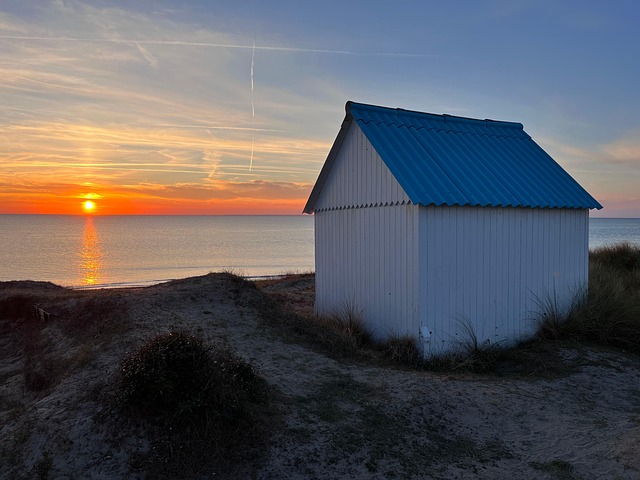Understanding the Shift towards Micro Apartments: A New Wave in Urban Living
Introduction: Rising urbanization and skyrocketing real estate prices are pushing the housing market toward a radical shift. Micro apartments, a new and intriguing trend in urban living, are gaining popularity. This article delves into the rise of micro apartments, their potential impact on the market, and what buyers, sellers, and investors need to know.

The Emergence of Micro Apartments
The concept of micro apartments is not entirely new. In high-density cities like Tokyo and Hong Kong, living in small spaces has been a norm for decades. However, the trend is now gaining momentum globally, driven by a combination of rising urban population, escalating property prices, and changing lifestyles.
Micro apartments, typically ranging from 200-400 square feet, are designed to maximize space efficiency. They are often associated with minimalist living and are particularly attractive to millennials and single professionals who prioritize location over space.
The Market Potential of Micro Apartments
The market potential for micro apartments is significant, especially in densely populated cities where affordable housing is scarce. According to a study by the Urban Land Institute, micro apartments have lower vacancy rates and higher rental income per square foot than traditional apartments in the same areas.
Moreover, the demand for such units is likely to rise with the growing number of single-person households. The U.S. Census Bureau predicts that the number of single-person households will increase by 7.6 million over the next decade, indicating a potential market for micro apartments.
The Pros and Cons of Investing in Micro Apartments
Investing in micro apartments offers several advantages. They typically require less capital than traditional apartments, allowing investors to diversify their portfolio. The high rental yield and low vacancy rates also promise steady returns.
However, the market is not without challenges. Zoning regulations in many cities limit the construction of micro apartments. Also, while the demand is high among single professionals, the appeal might be limited among families or older adults.
How Micro Apartments are Shaping the Real Estate Landscape
The rise of micro apartments is more than just a trend—it’s a reflection of changing societal norms and lifestyle preferences. As urban populations grow and space becomes a premium, the real estate market needs to adapt. Micro apartments could be the answer to the increasing demand for affordable, centrally located housing.
Moving Forward: The Future of Micro Apartments
While it’s too early to predict the long-term impact of micro apartments, they’re certainly a phenomenon worth watching. As cities continue to grow and evolve, micro apartments could potentially reshape the urban real estate landscape.
In conclusion, micro apartments represent a shift towards a more efficient, minimalist lifestyle. They offer a promising investment opportunity, especially in high-density urban areas. However, like any real estate venture, they come with their own set of challenges. For now, the trend signals a new wave in urban living—how it unfolds remains to be seen.




